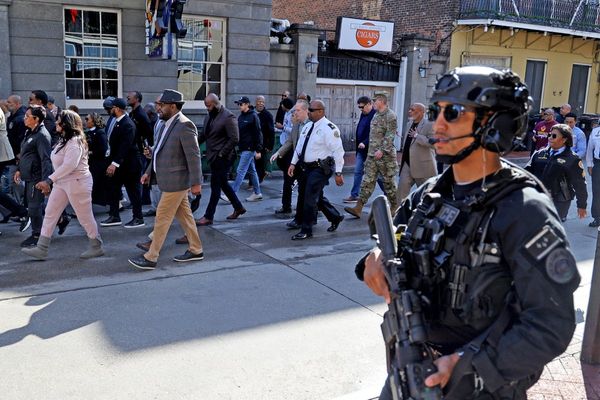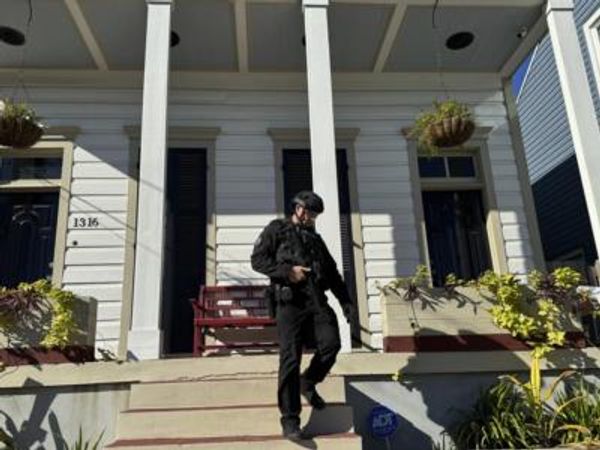
The government’s commitment to expand the Australian Defence Force by about a third — from 60,000 to 80,000 — is a sensible response both to a more uncertain international environment and the political reality that the ADF is now seen as a go-to resource for crisis management regardless of its fitness for the role.
No one has done more to promote the latter idea — or, now, been bitten on the backside by it — than Scott Morrison.
The massive expansion, though, is not guaranteed. Personnel retention has been a major problem for decades — the Australian National Audit Office devoted a report to the ADF’s retention policies more than 20 years ago. Before the pandemic it was performing better on retention. Then it experienced a bump in applications during the early stages of the pandemic, but most were subsequently withdrawn as the job market recovered quickly.
The Royal Australian Navy — with about 15,000 personnel — has particularly struggled with finding enough crews for its vessels. A key reason for an east coast submarine base is the difficulty the RAN has in attracting people to live in Perth to work at HMAS Stirling. And that’s with the existing Collins-class subs. Any of the nuclear-powered boats under consideration will need more than twice the crews required by the existing fleet.
So when the government flags that it will cost $38 billion over two decades, you can believe it — especially if the Australian labour market remains tight. We’re an ageing society that increasingly relies on importing temporary migrant workers to fill our labour shortages.
Where the work is
At least the government is thinking about workforce planning, and looking at the cost of making sure it has enough workers. Strange, then, that it refuses to do anything about a far more urgent workforce planning issue, that of the aged care sector, where the need for extra staff even to maintain existing care standards runs into the hundreds of thousands between now and 2050.
But at the moment, according to ABS figures, the residential care workforce (which also includes the much smaller residential disability care workforce) has shrunk more than 10% since 2019.
The irony is, the only workforce decision in relation to aged care made by the government recently has been to deploy a small number of ADF personnel into facilities — illustrating the kind of reliance on the ADF as a scrabble-blank solution to crises that is partly driving its expansion.
The lack of aged care workforce planning isn’t for lack of advice. There’s an Aged Care Workforce Industry Council, an aged care workforce strategy, a strategy taskforce… not to mention the aged care royal commission workforce recommendations around pay, training and career structure.
What’s lacking is money. The government remains unwilling to commit any funding to additional remuneration for aged care workers. There’s no $38 billion to make aged care more attractive; there’s not even $38 million. The government’s plan seems to be the same one that has been used for two decades — import as many temporary workers as possible.
Maybe it can do that for the ADF, too. Especially if we have governments that continue to use the ADF to address any problem that comes along, from aged care to flood recovery.







